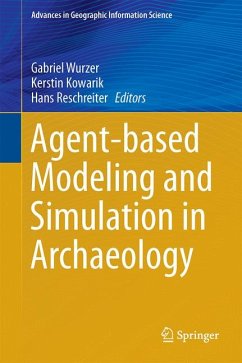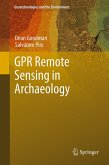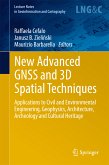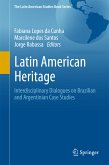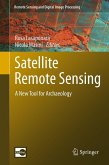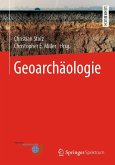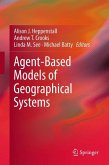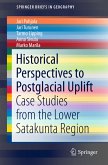Kerstin Kowarik is an archaeologist working at the Natural History Museum Vienna specializing in the European Bronze Age and Early Iron Age. She is currently engaged with several research projects on the prehistoric salt mines of Hallstatt. Her research focuses on provisioning structures, organization of trade and human - environment interaction. She has a special interest in exploring the potential of computer based simulations for archaeological research, economic archaeology and environmental archaeology.
Hans Reschreiter is an archaeologist working at the Natural History Museum Vienna specializing in prehistoric crafts and technology as well as prehistoric mining. He is head of the archaeological excavations in the prehistoric salt mines of Hallstatt (Austria). His research focuses on working processes and mining technology. He has a special interest in prehistoric wood working, experimental archaeology and ethnoarchaeology.
Dieser Download kann aus rechtlichen Gründen nur mit Rechnungsadresse in A, B, BG, CY, CZ, D, DK, EW, E, FIN, F, GR, HR, H, IRL, I, LT, L, LR, M, NL, PL, P, R, S, SLO, SK ausgeliefert werden.
"Agent-based Modeling and Simulation in Archaeology provides a much-needed update, in one solid volume, on the methods and practice of using agent-based modeling to understand the past. ... The most useful portion of this book to those new to agent-based modeling is probably the Methods section. ... this book will be a worthwhile addition to our bookshelves, and I can already imagine incorporating it into courses in agent-based modeling." (simulatingcomplexity, simulatingcomplexity.wordpress.com, February, 2015)

